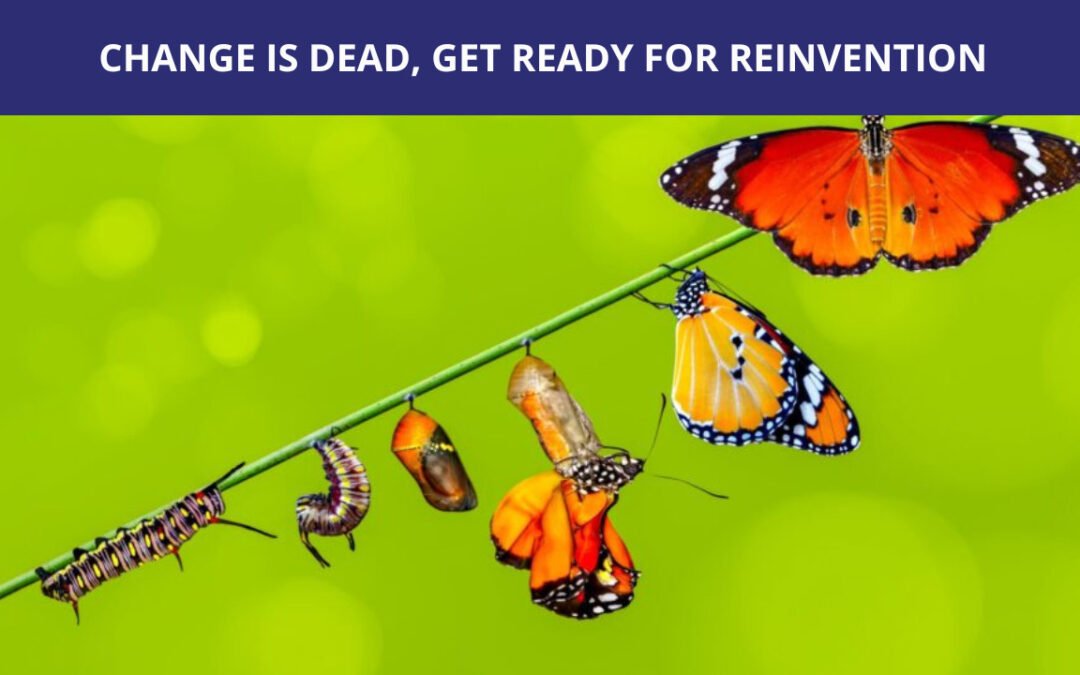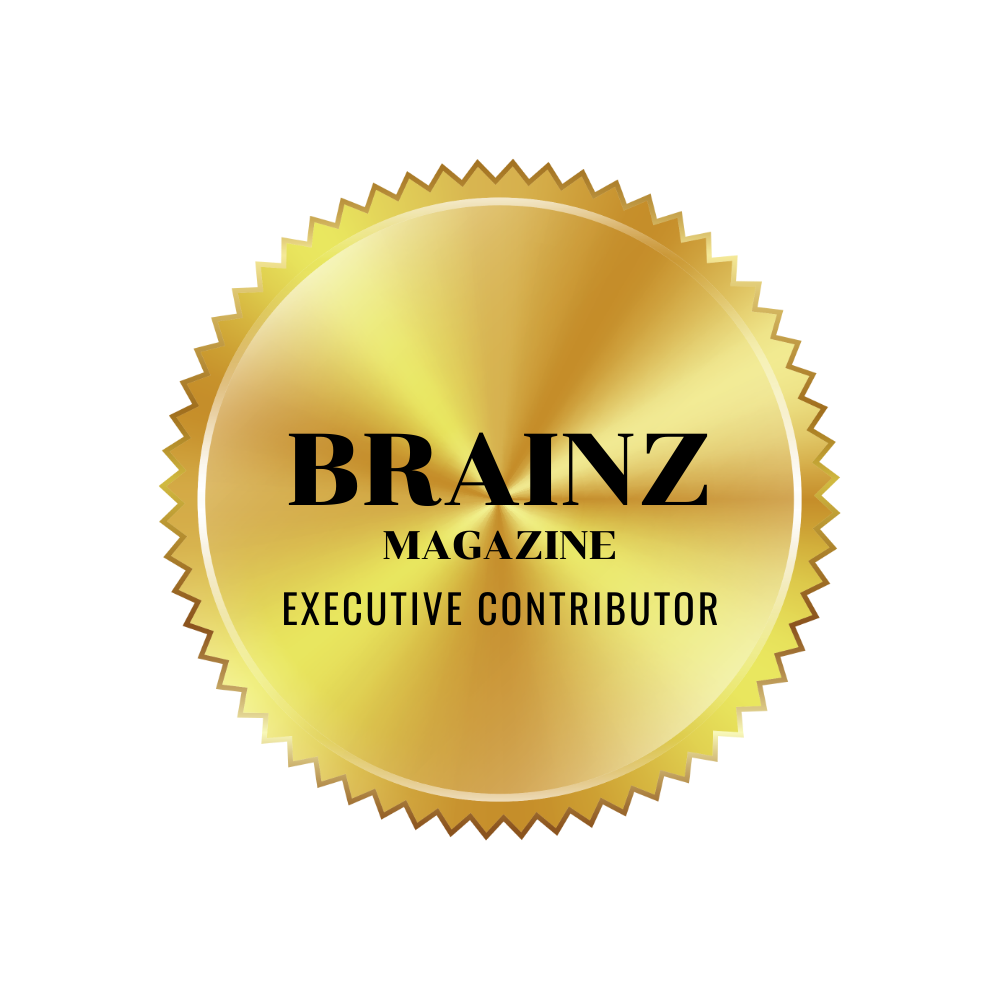One thing that I think we can all agree on is that the last two years have changed forever the way we live and work. As much as people talk about things returning to normal after the COVID pandemic, in my opinion, they never will. Too many parameters have changed, people’s mindsets and behaviours have changed, our business processes and systems have changed, and in many cases, our entire product offering has changed and adapted to meet the ever-changing needs of our clients.
Very importantly the dynamics of our teams have changed and leaders need to become very aware of this. Leaders cannot assume that things will revert to how they were, and whilst for some leaders this might prove to be challenging, many leaders I am speaking with are excited about this opportunity which allows them to reframe how their teams operate.
Leaders have the opportunity to reinvent their teams and businesses; to start afresh rather than returning to the unhelpful behaviours and out of date approaches they once used. But what exactly is reinvention and how does it differ from change?
When you look up the term reinvention in the dictionary it says: “the action or process through which something is changed so much that it appears to be entirely new” and this contrasts with change which is defined as “to make (someone or something) different; alter or modify”.
So in essence reinvention could be defined as a radical change to creates something entirely new. Athos, Goss, Pascale in an article in the Harvard Business Review: The Reinvention Roller Coaster: Risking the Present for a Powerful Future provides the following definition:
“Reinvention is not changing what is, but creating what isn’t. A butterfly is not more caterpillar or a better or improved caterpillar; a butterfly is a different creature. Incremental change isn’t enough for many companies today. They don’t need to change what is; they need to create what isn’t.” –
For which Athos, Goss and Pascale add, “When a company reinvents itself, it must alter the underlying assumptions and invisible premises on which its decisions and actions are based. To reinvent itself, an organisation must first uncover its hidden context. Only when an organisation is threatened, losing momentum, or eager to break new ground will it conform its past and begin to understand why it must break with its outmoded present. And only then will a company’s employees come to believe in a powerful new future, a future that may seem beyond the organisation’s reach.”
Reinvention Mindsets
What is interesting for me is the different mindsets that are involved in change versus reinvention. As individuals and organisations we often continuously push back and resist change; even when we understand that change is an ongoing necessity if we are going to effectively adapt and sustain any form of continued relevance in moving forward into the future.
There are a variety of reasons as to why leaders and team members resist change and these include:
- an unwillingness to part ways with or release strategies that have led to previous success,
- lack of trust and/or relationship,
- lack of understanding or clarity in the communication of the change,
- a possible loss of individual or organisational status or hierarchy,
- lack of capacity to effectively implement the change,
- fear of the unknown, uncertainty, or failure that can accompany a change.
All of these factors must be understood and addressed if any change initiative is to take hold.
And while change is a natural, but not necessarily comfortable process, individual or organisational transformation or reinvention is not.
Re-invention requires a different mindset, a completely different level of capacity, and a very different way of considering the future, which requires new behaviours that necessitate new ways of thinking, doing, acting and being.
Just consider the massive re-invention we have seen in the hospitality industry over the last few years. Who would have ever thought that fine dining restaurants would start offering take-away service? But they have, partly out of necessity during the height of the pandemic to survive and also to meet their customer needs, and many are continuing to provide this service and in doing so have created a new revenue stream.
So, as you bring your team back together consider how can you start the re-invention process. What can you do to help the team transform and emerge stronger than before? What new practices need to be instigated? What new mindsets and behaviours need to be adopted?
Teams that succeed will initiate and embed new and exciting approaches of working together that enable them to adapt and respond to the future environment which will, in turn, lead to:
- increased cohesiveness in the face of increased complexity and pace of execution
- better collective decision making and goals
- clarity about agile ways of working that lead to success
- focus on the key priorities to drive results
- improved communication, trust and commitment to each other.
Please share what you are doing to reinvent your team and business and why not take the Unbridled Business Assessment to help you identify the key business areas that must be aligned for you to reinvent your business so you can lead it through uncertainty

Julia Felton (aka The Business Wrangler) is the founder of Business HorsePower. Business leaders, entrepreneurs and executives hire her to accelerate their business performance by harnessing the energy of their people to work more collaboratively together. By aligning purpose with actions the team achieves exponential results as everyone starts pulling in the same direction.
Julia believes that business is a force for good and through designing purpose-driven businesses that leverage the laws of nature, and the herd, you can create businesses founded on the principles of connection, collaboration and community that make a significant impact in the world.






